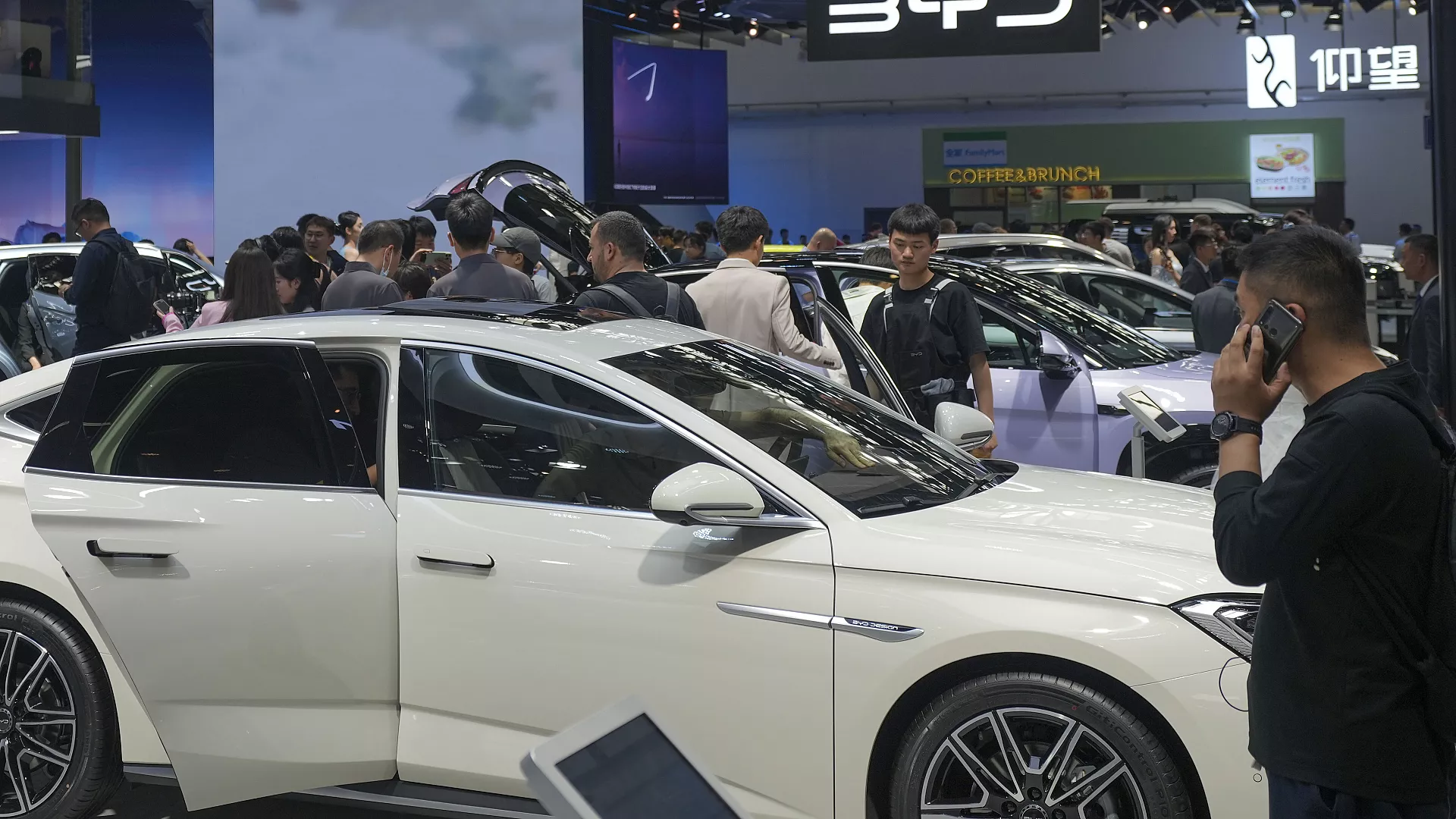The EU is walking a delicate tightrope, with some member states keen to protect their markets, while others want to safeguard Chinese investment and to attract more.
The European Union (EU) is navigating a delicate balance between protecting its domestic markets and maintaining crucial economic ties with China. Some member states are eager to shield their industries from subsidized Chinese goods, while others aim to safeguard and attract Chinese investments. This complex relationship was highlighted last Friday when the European Commission announced significant tariffs of up to 35.3% on Chinese-made electric vehicles (EVs). The decision underscored the EU’s struggle to reconcile internal differences and maintain a cohesive economic strategy toward China.
EU leaders have described China as a “partner, competitor, and systemic rival”—a multifaceted relationship that became evident in the imposition of tariffs. Germany, supported by Hungary, Malta, Slovenia, and Slovakia, opposed the tariffs, defending its auto industry’s access to the Chinese market. In contrast, countries like France and Italy, with strong domestic automotive sectors, backed the move. A total of 12 nations, including Spain and Belgium, abstained from the vote, reflecting the varied economic priorities across member states.
The European Commission’s rationale for the tariffs is to encourage Chinese companies to invest in European manufacturing rather than exporting subsidized EVs. However, many governments remain wary that this strategy might deter existing investments. In 2023, Chinese foreign direct investment in the EU dropped by 10%, focusing on sectors such as automotive, biotechnology, and health.
Germany’s position in opposing the tariffs was particularly notable. Its reliance on China as an export market for German-produced cars, like those from Volkswagen, has increased as demand slows both in Europe and China. Meanwhile, countries like Hungary, which has become a hub for Chinese investment, also resisted the tariff measures.
On the other hand, France and Italy have shown strong support for protecting their markets. Their automotive industries, less dependent on China, view the tariffs as necessary to defend against low-cost imports that threaten domestic jobs.
The EU’s move is part of a broader shift toward a more protectionist stance. This approach began in 2019 with the introduction of the Foreign Subsidies Regulation, aimed at screening state-subsidized foreign investments. While the tariffs on Chinese EVs are lower than those imposed by countries like the U.S. and India, they signal the EU’s willingness to defend its industries from perceived unfair competition.
China, unsurprisingly, has not taken the tariffs lightly. It has appealed to the World Trade Organization (WTO) and threatened to impose retaliatory tariffs on European luxury goods like French cognac and pork. Yet, the EU’s internal dynamics suggest that while it may stand united in imposing these tariffs, its relationship with China will remain marked by divisions and uncertainties.



